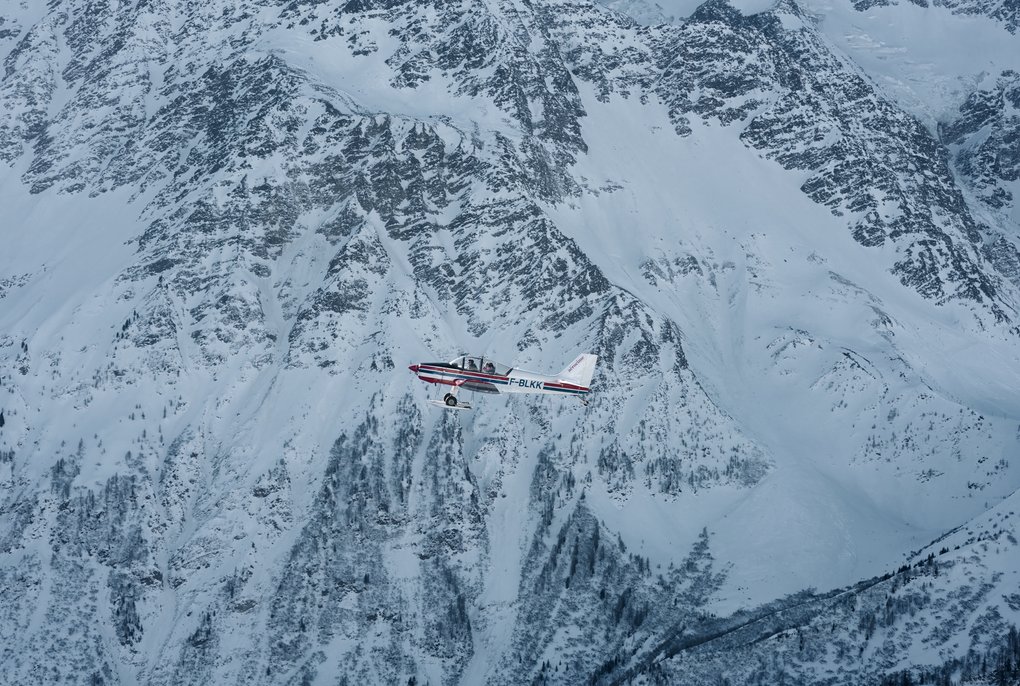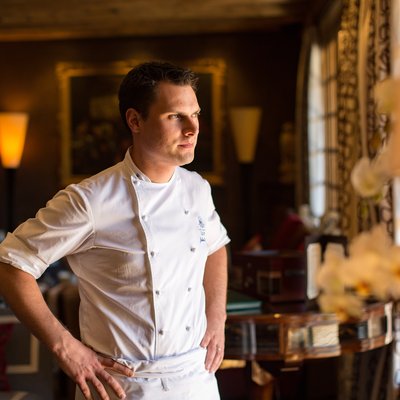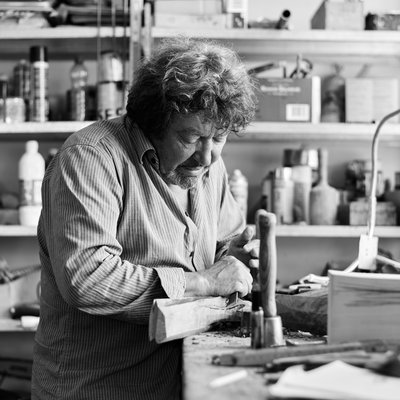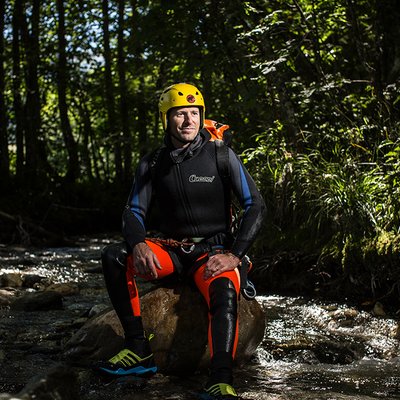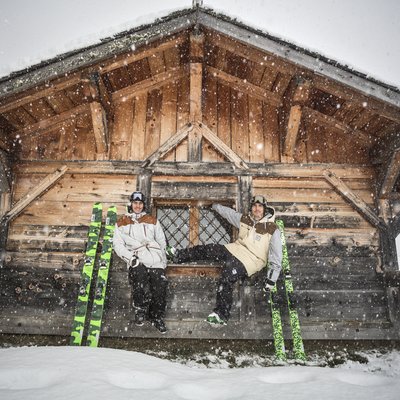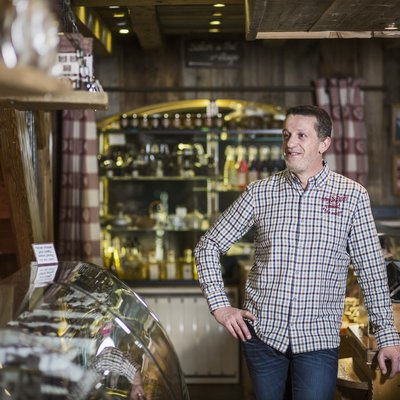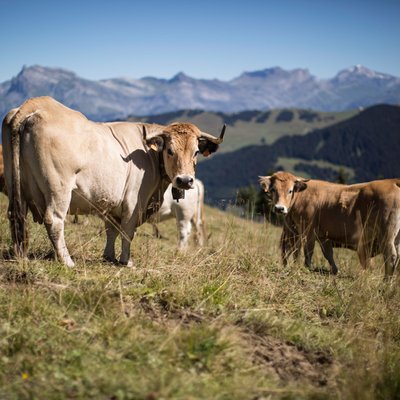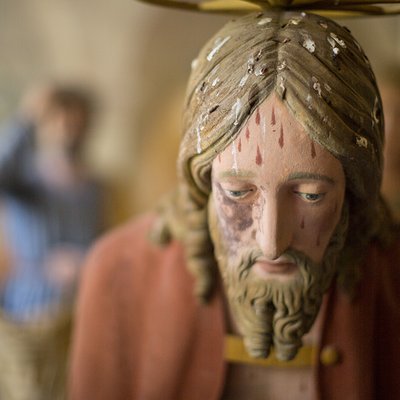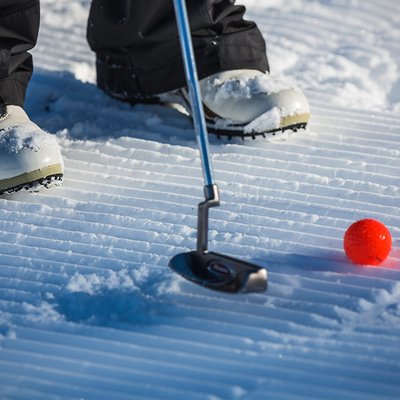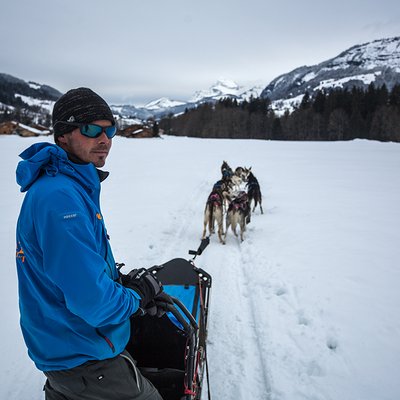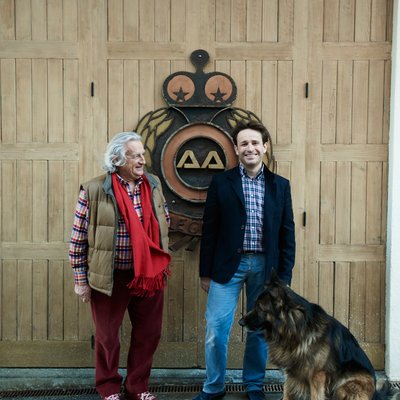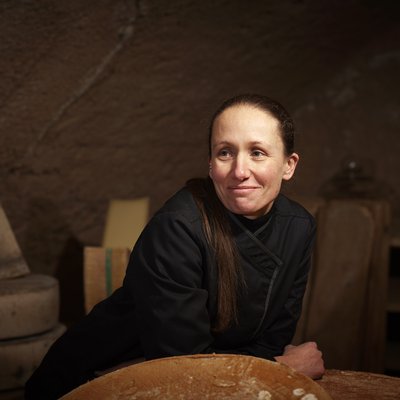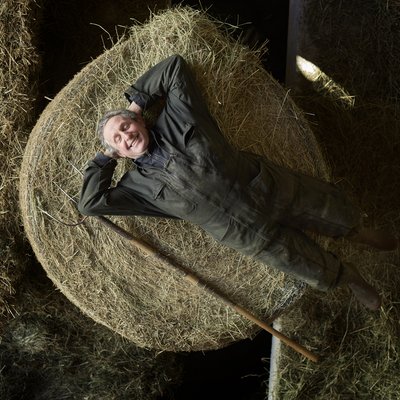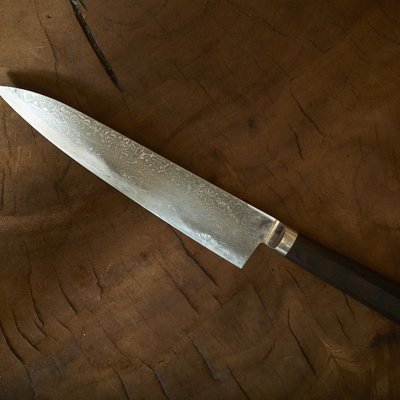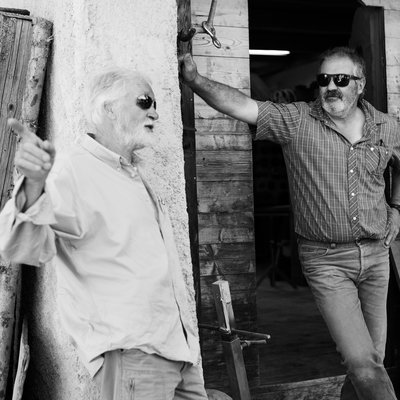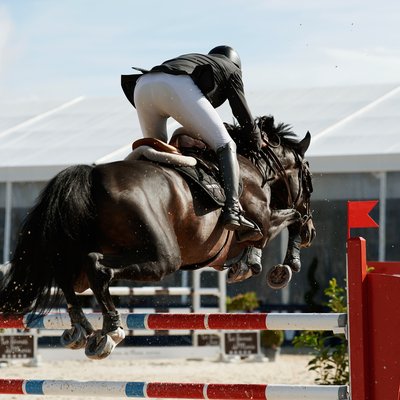High-Flying In The Alps
With a landing strip of only 600 meters, the altiport in Megève requires a pilot to hone in on their target.
The Best of the Alps team just arrived back at the Megève altiport after an exhilarating half hour flight around the mountains that takes you right towards the mighty walls of the Mont Blanc and over its magnificent icy blue glacier. It is just when the grey massif in front of you is getting closer and closer that you stop breathing for a moment and you feel that if you have to die this might just be the perfect moment. But that won’t be happening on this flight. The airport has exceptionally well-trained pilots - all under the wing of the famous Jacques Brun, a Megève character with Hollywood appeal who has been running the airport since 1978.
Built in the 1960s for wealthy Parisians who wanted to arrive at the luxurious winter destination straight from the city, the altiport has turned into a popular spot for trainee pilots to learn the high art of precision flying.
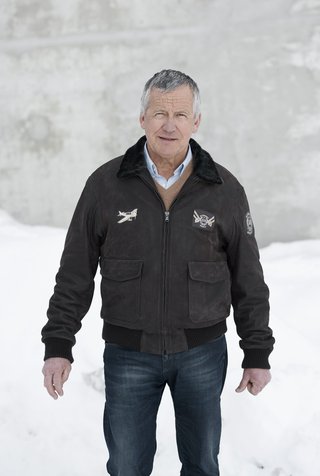
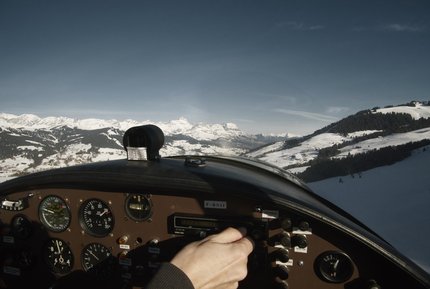
And Mr. Brun with a solid 50-year career in mountain aviation is the perfect mentor. For such a small airport it can get quite busy up here. “The air club trains 300 pilots a year, each flying 3,000 hours per year and making 15,000 landings,” the pilot says as he has just arrived from breakfast in Montpellier on this sunny Saturday morning, wearing his Allard special edition leather jacket in celebration of the airport’s 60th anniversary.
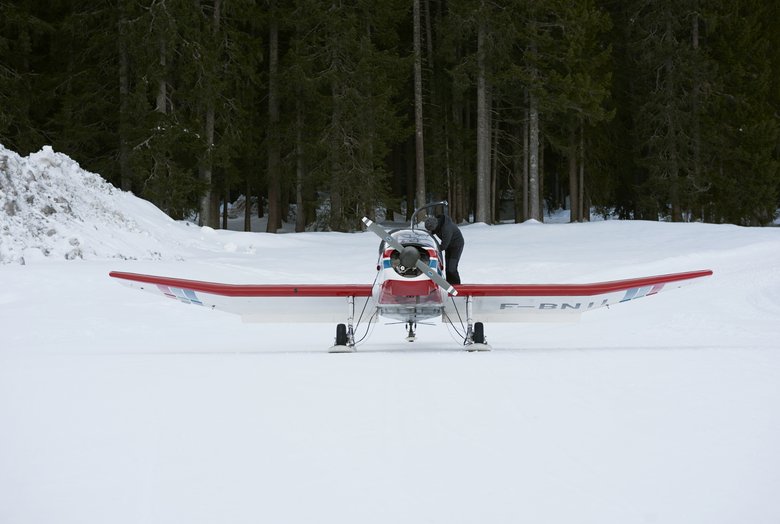
I don’t have a car...so for me it is not a matter of choice.
What is it that he likes so much about being up in the air? “Well, ”Mr. Brun smiles mischievously, “I don’t have a car...so for me it is not a matter of choice.” Born and raised in Megève, he cannot but love the majestic scenery.
The altiport’s unique location nestled between the steep alpine mountains makes it not the easiest to navigate a plane around. “That’s why flying up here is so interesting,” according to Mr. Brun. “On a normal runway you can land and start in both directions. Here, pilots always take off down and land going up on the runway, not matter whether there’s head or tail wind.“
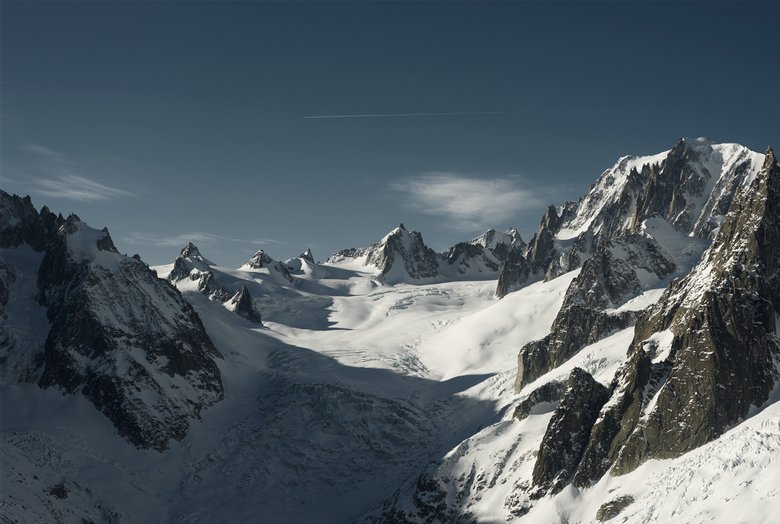
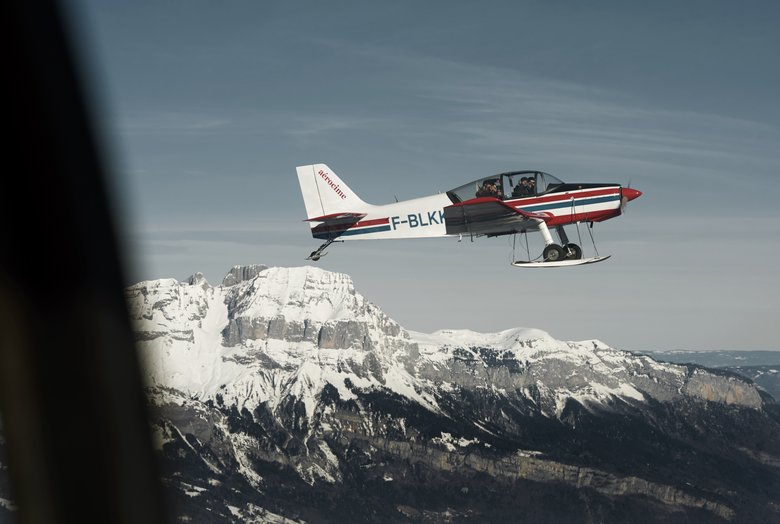
For training purposes he takes his students up for landing at the glacier where they learn what it takes to get the SAN Jodel D.140 Mousquetaire five-seater planesdown in any weather condition from heavy winds in the air to deep snow on the ground.
“Flying is about a good mix of intuition and a fair amount of training,” he says. And what about the weather? Don’t you need some kind of magic feeling for that? “Well, you just open the shutters in the morning and you know what it is like.”
Text: Sandra Pfeifer
Photos: David Payr // friendship.is
Nov. 23, 2016

